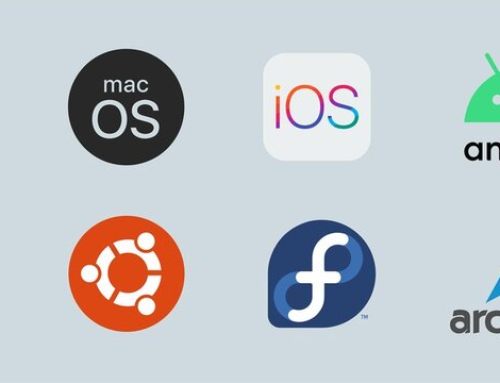What Is a Browser Hijacker and How to Remove it?
What Are Browser Hijackers?
A browser hijacker is a program, malicious or otherwise, that modifies the home page or search settings of a web browser. Some hijackers will modify Windows shortcuts without your knowledge to automatically load a particular website when you start them. Doing so could cause websites to launch in programs that would not normally browse the web, such as Microsoft Word. Browser hijackers are usually bundled with free programs that you download from the Internet. These programs are free because they include adware including browser hijackers which generate revenue for the developer when installed. Many hijackers can be removed by simply uninstalling them from the Windows Add or Remove Programs or Uninstall Programs control panel. Some are more stubborn and require anti-virus programs or specialized tools.
Why does browser hijacking happen?
Why would someone want to hijack your browser? Well, when you visit websites and take actions online, those actions can give hijackers valuable information and data as well as the opportunity to earn money.
Some hackers hijack browsers for fun or to elevate their status in the community. Most importantly, browser hijacking is all about running malicious programs on your computer to earn money.
Click here to download RAM Free Antivirus
Signs a browser is hijacked include:
Here are some typical signs that your computer is infected with malware:
- Ads appear where they shouldn’t be.
- Your browser’s search engine is changed without your consent
- The home page of your web browser has mysteriously changed without your permission.
- Web pages that you typically visit do not display correctly.
- Links to websites redirect to different sites than you expected.
- Browser pop-ups appear recommending bogus updates or other software.
- Other unwanted programs may be installed without your knowledge.
How does a browser get hijacked?
There are several sophisticated ways to hijack your browser. Some are very obvious while others are more discreet, but no less destructive.
- Email Link: You unknowingly click a link in an email that takes you to a website created by hackers. During this time, malware on the website will scan your browser for vulnerabilities and execute malicious programs.
- Attachments: By opening an attachment on a phishing email, you may download malware or be directed to a website hosting this software.
- Freeware: Unfortunately, it is very rare that software is delivered without a price online. While looking for solutions to problems online, we often download free software. But a lot of malware can be hidden inside.
- Malicious Ads: Malicious ads seem safe, but if you click on them they can take you to hijacker sites or even find vulnerabilities in your browser. These are also called exploit kits.
- Browser Extensions: Do you know where all of your browser extensions come from and do you recognize them? It is worth taking a look at your internet browser tabs, as browser extensions are another way for hackers to gain access.
How to defend against browser hijacking
There are several ways to protect yourself against browser hijacking, including:
Stay up to date on the operating system (OS) and browser patches. Keeping the operating system and browser software up to date with all the latest security features can help prevent hacking attacks, as hijackers look for any vulnerabilities in the operating system and browser that they find. they can exploit. Performing a software update can help close these entry points.
Disable JavaScript in the browser: JavaScript can expose critical information, including the IP address, and it can install other scripts without the user’s knowledge or authorization. Therefore, remove the default JavaScript in the browser and use the Script Block extension for Chrome and the NoScript extension for Firefox to disable or enable JavaScript on a site-by-site basis.
Avoid clicking on suspicious links: Users should never click on any email links, text messages, or pop-up windows from unknown senders as they might initiate browser hijacker download.
Pay attention to downloading software: Some browser hijacker software comes bundled with legitimate software, so users should read all terms and conditions and end user license agreements before downloading any software.
Use antivirus software: Installing RAM Antivirus software and keeping it up to date with the latest patches can help defend against browser hijacking. Some antivirus software offers real-time protection, notifying the user if the downloaded software attempts to change browser settings. RAM Security Premium software allows the user to stop these changes.
This article covers the answers to some of your frequently asked questions:
People May Also Like…
Operating System (OS) security
Securing Operating System: Protecting Digital Environments In the rapidly changing world of technology, operating system (OS) security is a vital line of defence against online attacks. Operating system security is the first line of defence
Data protection
What is the data protection Data protection has grown to be of utmost importance to both individuals and organizations in the connected. world of today, where information travels quickly across many digital
What is a security software
Security software It is impossible to overstate the value of strong security software in today's digital world. Individuals and organizations must take proactive measures to safeguard their sensitive data and defend against
Website reputation analysis
Website reputation analysis Websites are incredibly important for establishing an online presence for businesses, organizations, and people in the modern world. Analysis and evaluation of a website's reputation are crucial because there are








